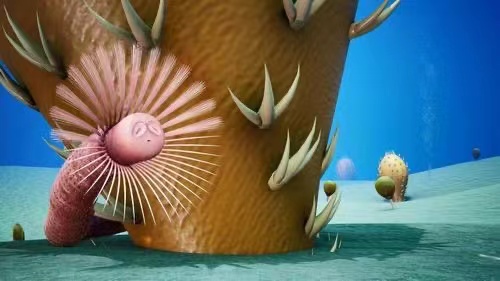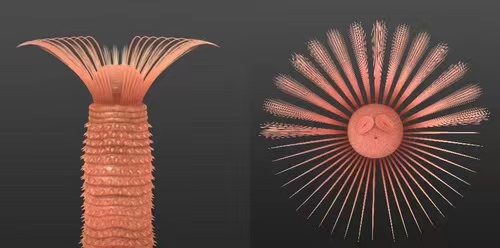Recently, Professor Zhang Zhifei’s group from the Department of Geology and Martin Smith from Durham University have made significant achievements in the study of Iotuba chengjiangensis from the early Cambrian Chengjiang fossil reservoir. The research results were published in the Journal of the Royal Society B on February 1, London time.
The morphological and genealogical analyses revealed that Chengjiang mitochondria are highly evolved annelids, belonging to cryptic types such as filopodia. This study pushes the discovery of fossils of the annelid phylum Stingosauria, a phylum of annelids, forward at least 200 million years from the Carboniferous to the early Cambrian.
“This study shows that most types of some extant animal, such as annelids, may not have flourished or lived in the environments preserved by idiosyncratic fossils. Therefore, the trophic fossil repository cannot fully reveal the historical process of the evolution of life on Earth and needs to be constrained and complemented by other environmental fossils, which provides new ideas and insights for further exploration of fossil gaps in extant faunal taxa.” Zhang Zhifei said.
The discovery and study of the cryptic annelid filopod further supports the three-act Cambrian explosion hypothesis proposed by Academician Shu Degan, indicating that annelid crown-wheel-like protostomes already appeared in large numbers before the Cambrian Third Order, and for the first time, the ancestry of the more annelid subphylum was pushed forward to the early Cambrian.


